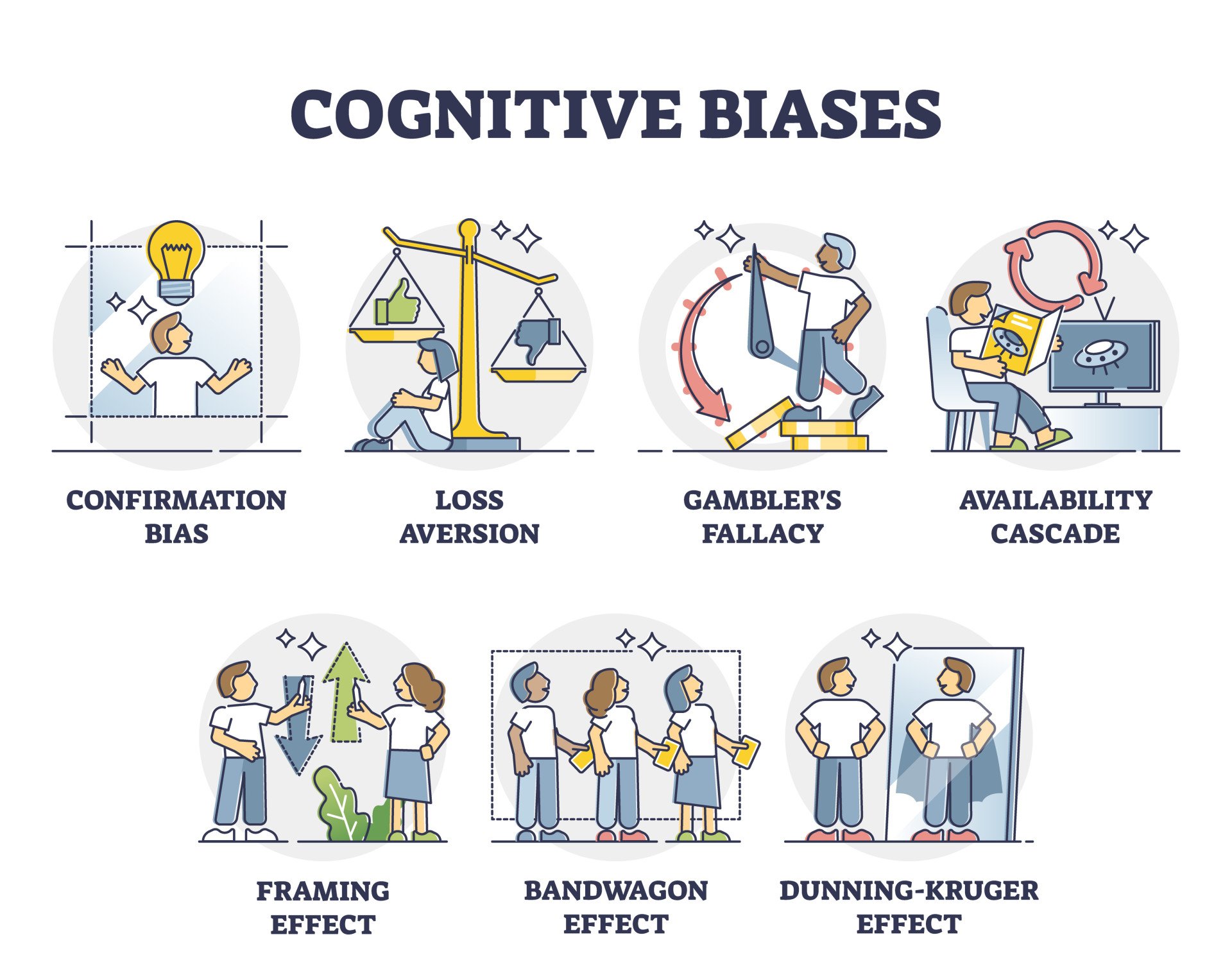The primacy effect, also known as the “first impression effect”, was first proposed by the American psychologist Lochins. It is also known by other names, such as the “first time effect”, the “priority effect” or the “first impression effect”. The concept refers to the fact that when people get to know a new object in a social interaction, the first information they receive will have a significant impact on their subsequent cognition. Research has shown that the order in which information is input to the brain has a significant effect on cognitive outcomes. Among them, the earliest input information has the greatest influence, while the last input information also leaves a deeper impression.
In daily interpersonal interactions, the role of the primacy effect is particularly prominent. For example, at a freshman meeting, if a student is dressed appropriately, smiles and takes the initiative to communicate with others, he is likely to leave a positive and friendly impression. On the other hand, a student who is quiet and lacks confidence may be labeled as “introverted” and “unapproachable”. It is worth noting, however, that while first impressions are profound, they also have limitations – they are preconceived, unstable, and can mislead judgment. Therefore, evaluating a person based on first impressions alone is often incomplete and may even be confused by superficial appearances. In order to understand others more accurately, we need to form a comprehensive view through more contact and in-depth understanding.
How to Successfully Create a Good First Impression
Now that we’ve recognized the importance of first impressions, let’s talk about how to make a positive first impression. Typically, a first impression includes a person’s speech, appearance, dress, demeanor, and facial expressions. This information is brand new and stimulates the senses more intensely, just like the first stroke of color on a blank sheet of paper, which is always extraordinarily vivid and indelible. Over time, although more similar information will continue to emerge, but they often can not completely cover the distinctive features of the first impression.
Therefore, the objective role of the first impression is very significant, and will play a “psychological stereotype” in subsequent interactions. If you are quiet and unresponsive when you first meet someone, they may perceive you as stodgy, phony, or unenthusiastic. This negative first impression can lead to a reluctance to get to know you better, and even if you actually have a lot of good qualities, they may be overlooked because of a poor first impression. Conversely, if you make a funny, straightforward, and enthusiastic impression, even if you have some shortcomings, the other person may embrace your shortcomings with the positive impression they initially form.

So what does it take to make a good first impression? Here are five key points:
1. Demonstrate Confidence and Energetic Spirituality
Self-confidence is a high degree of recognition and affirmation of your ability, talent, training, cultural level, health and appearance. When you walk with a firm pace, talk with others with fluent language, have a clear gaze, and make good use of eye contact, you will give people a sense of confidence, reliability, and positivity. Such a performance not only enhances your own aura, but also allows the other party to feel your positive energy.
2. Be punctual and trustworthy
In modern society, the concept of time has become more and more important, and people usually associate unpunctuality with bad faith. If you are late for your first meeting with someone, it may make them feel very bad and even lead to irreparable consequences. Therefore, it is a basic requirement of courtesy to try to avoid this and make sure you are on time for your appointment.
3. Pay attention to your appearance and demeanor
Elegant appearance, decent behavior and friendly attitude are all important parts of personal cultivation. In an unfamiliar environment where people don’t know you very well, being too casual can lead to misunderstandings and a bad first impression. Of course, this does not mean that you have to wear designer clothes or dress up too much, as this may appear pompous and shallow. A truly decent appearance should be appropriate for the occasion and reflect the natural beauty of the occasion.
4. Smile and keep a moderate distance between you and others
When you meet someone for the first time, a warm handshake, a smile and a nod of the head are all ways to convey friendly feelings. In social life, smiling has become a typical human characteristic that helps to promote interpersonal relationships. However, it should be noted that the smile should be restrained, non-stop giggling will appear to be less than dignified; at the same time, speech and behavior should be adjusted according to the specific occasion to avoid too intimate action, especially in the face of a certain social status, do not show too much ingratiating intentions. Flattery will not only make the person concerned despise you, but also make bystanders look down on you.
####5. Be civilized in word and action and pay attention to politeness
Language expression should be concise and clear, avoiding the abuse of vocabulary; when listening to others, listen attentively and humbly without interrupting; in the process of listening, you can give necessary feedback through body language and short words. In addition, do not ask questions that are not necessary to know or the other party does not want to answer, so as not to leave an impression of offense or gossip.
Summarizing
The primacy effect reveals that humans are highly sensitive to initial information in the cognitive process. Whether in the workplace or daily life, first impression plays a crucial role. It not only determines how others perceive you, but also affects the direction of your future relationship. However, we also need to realize that first impressions are not absolutely reliable, and sometimes they are just initial judgments based on limited information. Therefore, while trying to create a good first impression, we also need to let the other person see a more authentic and complete self through continuous interaction and sincere communication.
In short, to win the respect and recognition of others, we should not only pay attention to the first impression, but also continue to improve our own quality, so as to achieve both internal and external cultivation. Only in this way can we occupy a favorable position in interpersonal communication and lay a solid foundation for long-term development.

